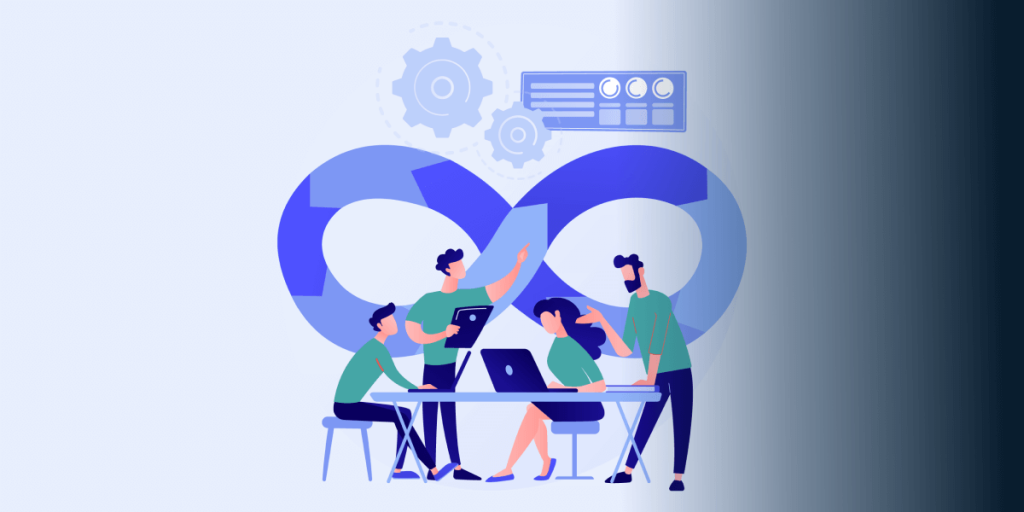Dasiwang: Your Gateway to Trending Insights
Stay updated with the latest news, trends, and insights across various topics.
The Hidden Cost of a Slow Website: Why Speed Matters
Discover the shocking hidden costs of a slow website. Find out why speed is crucial for your success and profits!
The Real Price of Slow Load Times: How Website Speed Affects Your Bottom Line
The impact of website speed on your business can be more significant than you might realize. Research shows that even a one-second delay in load time can lead to a decrease in customer satisfaction by 16% and a 25% drop in conversions. This means that your bottom line can take a hit, ultimately affecting sales and customer loyalty. In today's fast-paced digital world, where users expect instant access to information, a slow-loading website can lead to users abandoning their shopping carts or seeking alternatives.
Moreover, search engines like Google take page speed into account when ranking websites. A slower website not only frustrates visitors but can also push your site lower in search results. In fact, sites that load faster tend to have significantly lower bounce rates and improve overall user engagement. As a result, investing in optimizing your website's speed is not just a technical improvement; it’s a strategic move that can enhance your online visibility and ultimately drive sales.

Is Your Website Speed Hurting Your Business? Discover the Hidden Costs
Website speed is often an overlooked aspect of online business, yet it can have profound implications on your bottom line. Studies show that even a one-second delay in page load time can lead to a 7% reduction in conversions, according to Think with Google. This means that slow-loading sites not only frustrate users but also erode potential revenue. Moreover, search engines like Google take site speed into account when ranking pages, which can affect your visibility in search results, leaving you at a disadvantage compared to faster competitors.
The hidden costs of a slow website extend beyond just lost sales. Customers expect swift experiences, and website speed directly influences user satisfaction and retention. According to a report from HubSpot, 79% of shoppers who are dissatisfied with website performance are less likely to return to the site and 44% tell friends about their bad experience. If you're focused on growth, investing in improving your site's loading times could be one of the smartest moves you make for not only attracting new customers but also retaining existing ones.
How Fast is Fast Enough? Understanding Website Speed and User Experience
In today's digital landscape, website speed is more critical than ever. Studies have shown that fast loading times can significantly improve user experience and retention. According to Google Analytics, a delay of just one second can lead to a 7% decrease in conversions. For websites aiming to engage users effectively, understanding the balance between performance and user experience is essential. A website that takes too long to load can frustrate visitors, leading them to abandon the site and turn to a competitor instead.
So, how fast is 'fast enough'? While there is no one-size-fits-all answer, research suggests that websites should aim for a loading time of under three seconds. This benchmark not only helps in keeping users engaged but also favors search engine rankings. According to Akamai, websites loading in under two seconds have a significantly lower bounce rate. Therefore, website owners should regularly monitor their site's speed and optimize performance by using tools such as Google PageSpeed Insights to ensure they meet the expectations of today's internet users.